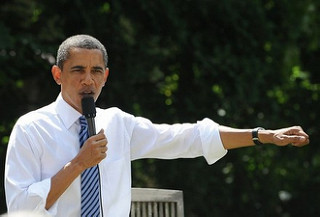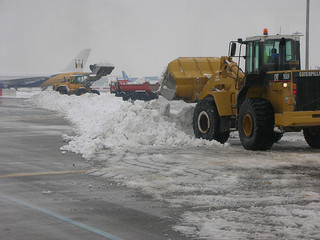Imports Made With Forced Labor Are Banned in the United States

Over the past few years, advocacy organizations and consumers alike have brought attention to slave labor and other forced labor situations present in supply chains. As a result, many companies have committed to researching their procurement line to ensure that they don’t rely on these practices. Now, President Obama has signed a law that requires all American companies to do their part to eliminate slave labor and forced labor.
Loophole in the Tariff Act of 1930
The United States has been fighting against global slavery for decades, but a loophole in the Tariff Act of 1930 made this practice a persistent problem. This trade enforcement bill cut imports in half during the Great Depression because of increased tariffs on agricultural and industrial goods. At the same time, the bill allowed for the import of goods made from forced labor if demand existed due to low domestic production.
Thanks to the Trade Facilitation and Trade Enforcement Act of 2015, however, this is no longer the case. This bill closes the legal loophole in the Tariff Act of 1930 and prohibits imports made from forced labor. Commissioner of United States Customs and Border Protection, Gil Kerlikowske, stated, “The mere deterrent effect of closing this loophole is a great step forward … We’re going to make sure that is heavily noted throughout the world.”
Forced Labor Around the World
Millions of people are affected by forced labor around the world, but this practice is most common in countries with under-regulated industries, such as agriculture and fishing, manufacturing, and construction. Forced labor is a global problem, but according to AntiSlavery.org, Asia and the Pacific region contribute 56 percent of the problem. In fact, an estimated 20.9 million people are involved in forced labor around the world.
In addition to the United States, several countries have made a stand against forced labor. Few countries have truly made forced labor illegal, but Australia and Canada are leading the way. Australia has banned financial gain from forced labor, and Canada has banned imports from prison labor.
Ripple Effects of Trade Facilitation and Trade Enforcement Act of 2015
When it comes to ending slave and forced labor, the United States’ Trade Facilitation and Trade Enforcement Act of 2015 is a monumental step. This new law could potentially prevent billions of dollars’ worth of goods produced with forced labor from entering the United States. This illegal industry generates an estimated $150 billion each year in profits. Companies will now have to forge new business relationships and monitor their partners closely.
In President Obama’s speech about the new law, he stated that no countries would be granted exceptions. The hope is that countries around the world will follow suit and make changes that ban forced labor. After all, they will have no choice if they want to export goods to the United States.
Nations around the world still have a long way to go to end forced labor and slavery, but the new bill is a step in the right direction. The United States has made a stand against harmful labor practices and will no longer tolerate them from business partners.







